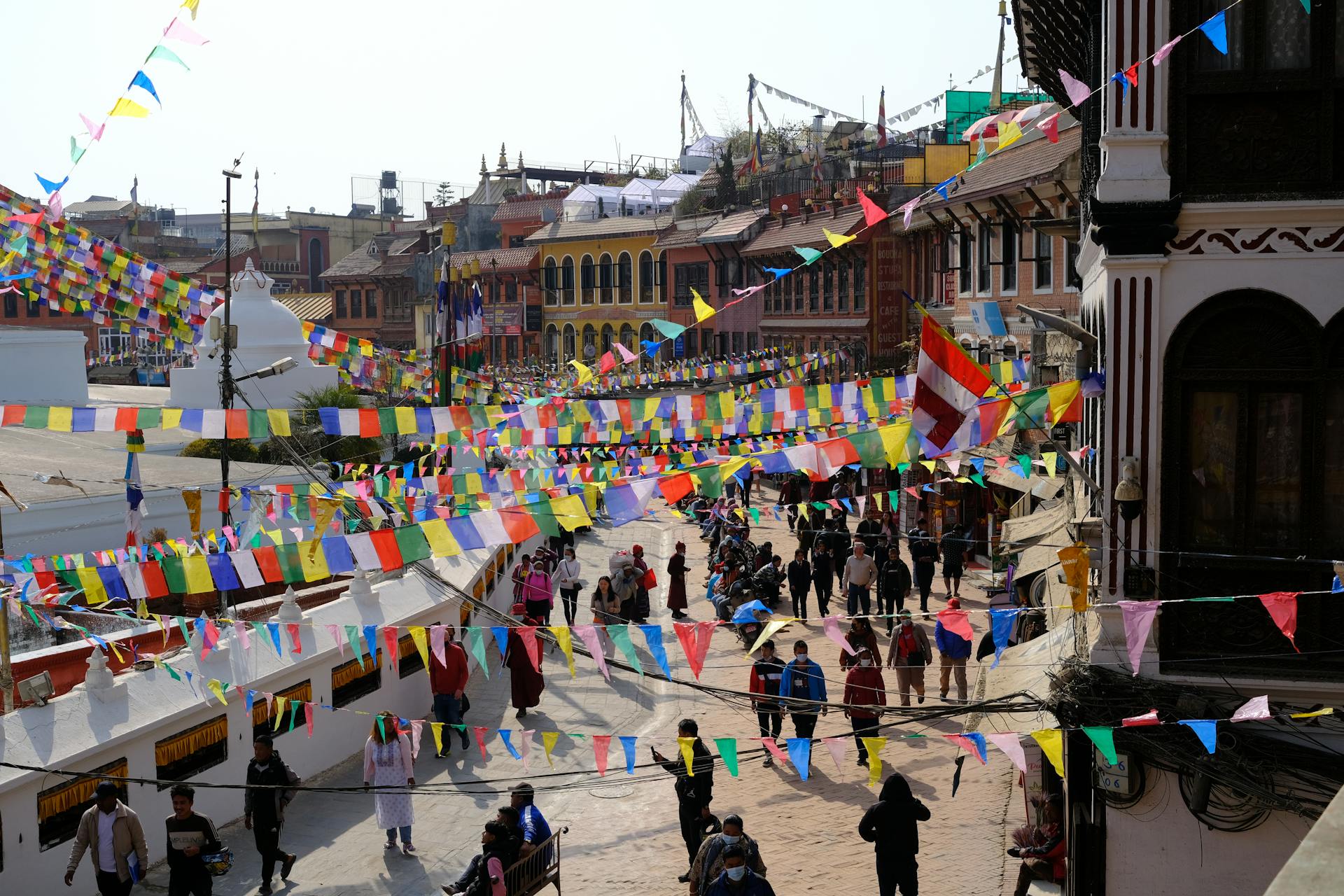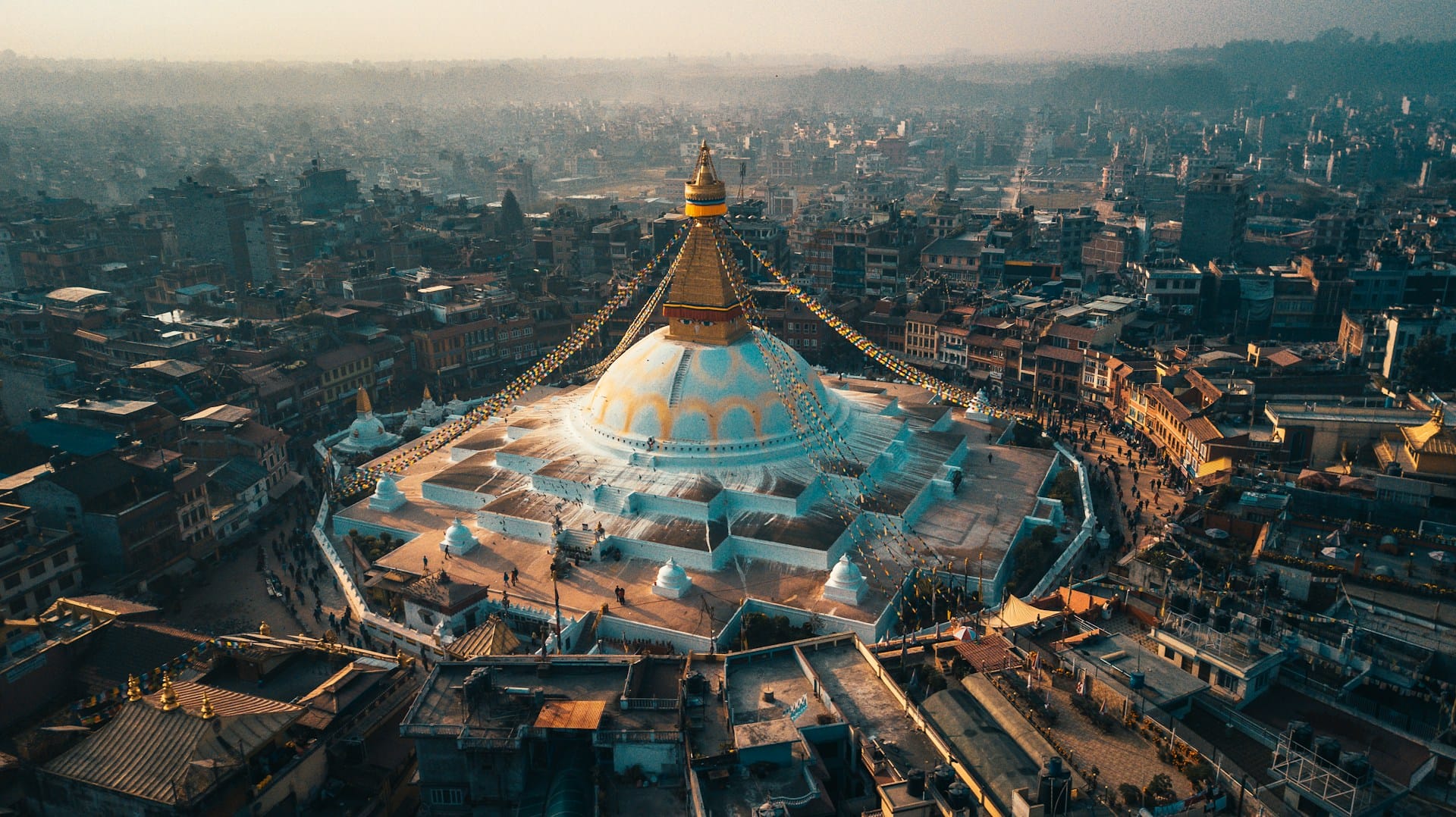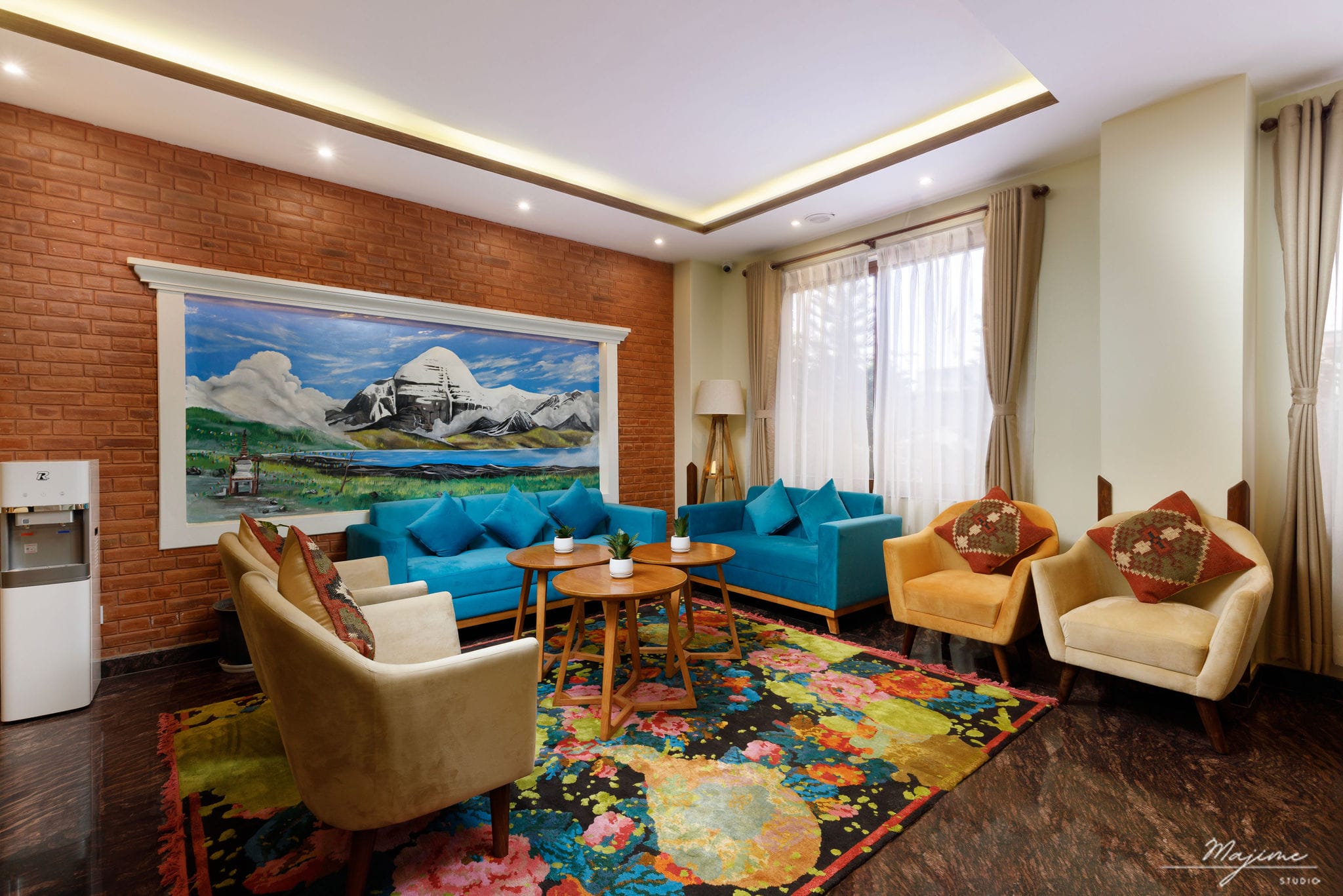Nepal is known as the country of festivals, with its ethnically diverse population celebrating each day on average. Annually, Nepalese celebrate around 50 festivals, most of which are rooted in Buddhist and Hindu Mythology, while others are ethnically based. Among those festivals 5 major festivals in Nepal are major highlights. This is why Nepal is often referred to as the Land of Festivals.
Nepal uses the Bikram Sambat Calendar, which is 56 years older than the Georgian calendar. Thus, it already holds the culture and tradition. The well-known festivals in Nepal might not happen on a particular day corresponding to the solar calendar or the English calendar since many of these celebrations are based on the lunar calendar.
This article will explain Nepal’s most amazing top five festivals that are celebrated yearly, and one should visit during this time of year. Your trip might be even more memorable if you’re fortunate enough to see these well-known Nepalese festivals.
Top Five Major Festivals in Nepal
Dashain, the victory of good over evil
Dashain, also known as the Vijaya Dashami, is the grand and joyful festival celebrated as the victory of good over evil. This festival lasts for 15 days, but the first 10 days have more value and are widely celebrated; also, from the 7th day, there will be a public holiday of 5 days.
Let us know about the origin of this festival and its importance to the Hindus. According to Hindu Mythology, this festival resembles the celebration of Maa Durga, a Hindu Goddess who fought with the devil Mahishasura and won the victory. This war between good and evil lasted for nine days. Thus, the first nine days of Dashain celebrate the nine forms of Maa Durga. The 10th day is celebrated by putting a tika on the forehead, a day of joy and victory.
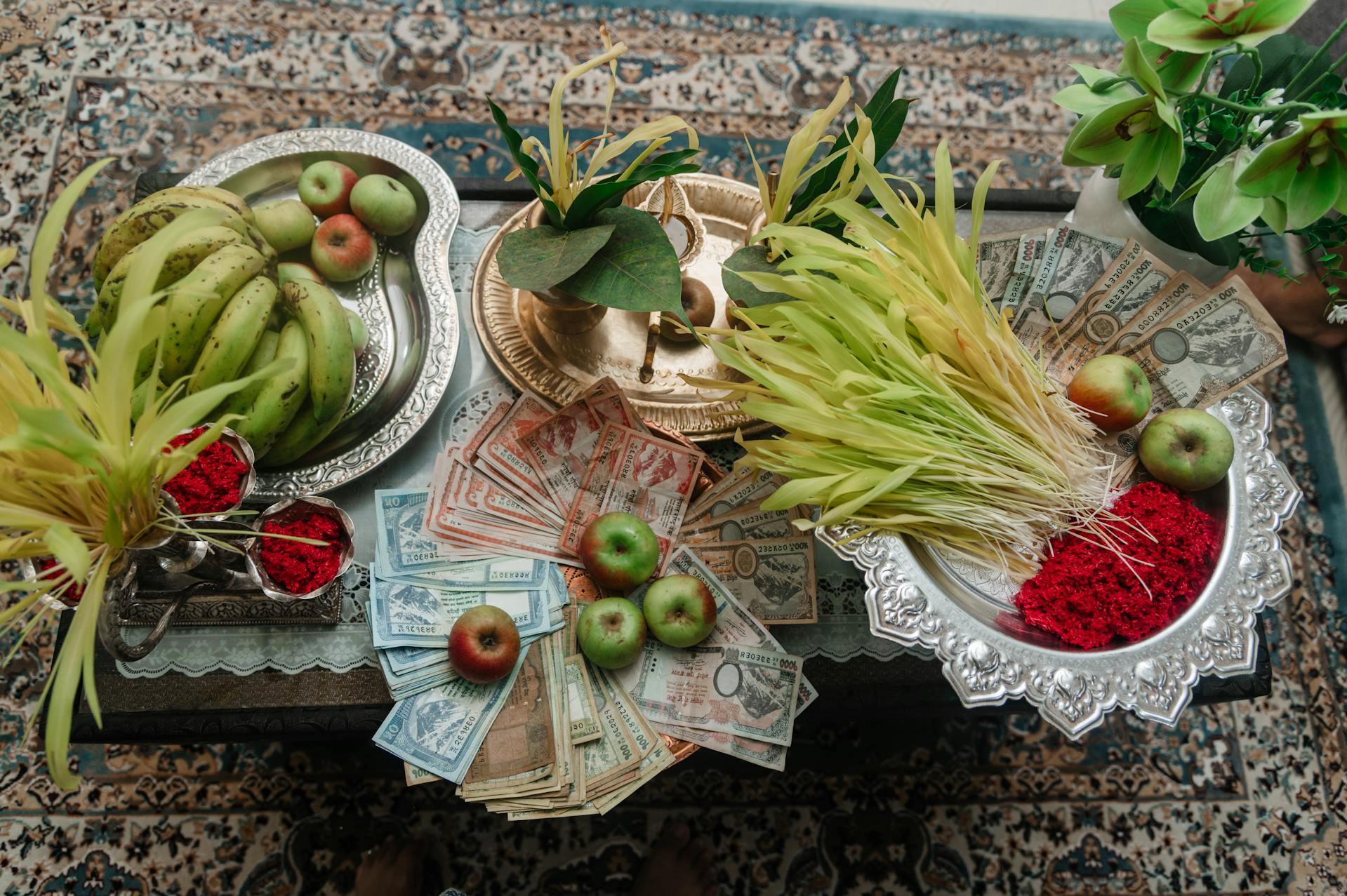
Another resemblance is to the Ramayana, in which Lord Rama wins over the demon King Ravana. On victory day, he gets a blessing from Maa Durga and goes for the kill. Both the fights, Durga with Mahishasura and Ram with Ravana, are two such incidents that let us believe that good always triumphs over evil.
The ten days of Dashain are significant and celebrated differently, and each day is full of devotion and joy. The most important days among those ten days are named:
Day 01: Ghatasthapana, the first day
Day 07: Phulpati, the seventh day
Day 08: Maha Astami, the eighth day
Day 09: Maha Navami, the ninth day
Day 10: Bijayadashami, the tenth day
Bijayadashami is the biggest day, on which everyone gathers, puts jamara and tika on their foreheads, and takes blessings from their elders.
Additionally, this Dashain festival is an excellent way to engage in cultural interaction. You can participate in the celebration and learn more about Nepalese culture.
Tihar, the festival of lights
Tihar, also known as the festival of lights, has different names, such as Yamapanchak and Deepawali. It is the second-largest celebrated festival in Nepal and lasts five days. This festival is also celebrated in some parts of India, such as Sikkim.
During Tihar, different animals, including crows, dogs, cows, and oxen, are worshipped. Also, the Goddess Laxmi, the Goddess of Wealth, and the God of Death, Yam, are worshipped. Tihar starts with the Kaag (Crow) Tihar, Kukur (Dog) Tihar, Gai (Cow) Tihar and Laxmi Puja, Goru (Ox) Puja, Govardhan (Hill) Puja and Maha (Self) Puja, and finally the fifth day, Bhaitika, celebrating the bond of brother and sister or siblings. According to Hindu mythology, Bhaitika is believed to be when sisters secure their brother’s long life and prosperity by praying to the God of Death, Yamraj.
The most significant part of celebrating this joyous festival is lighting the day (oil lamps) and candles. Also, the most beautiful part of this festival is the groups of people going house to house singing and dancing and blessing the families. This is called the Deusi Bhailo. People used to make rangolis and decorate their house and surroundings with flowers and lamps.
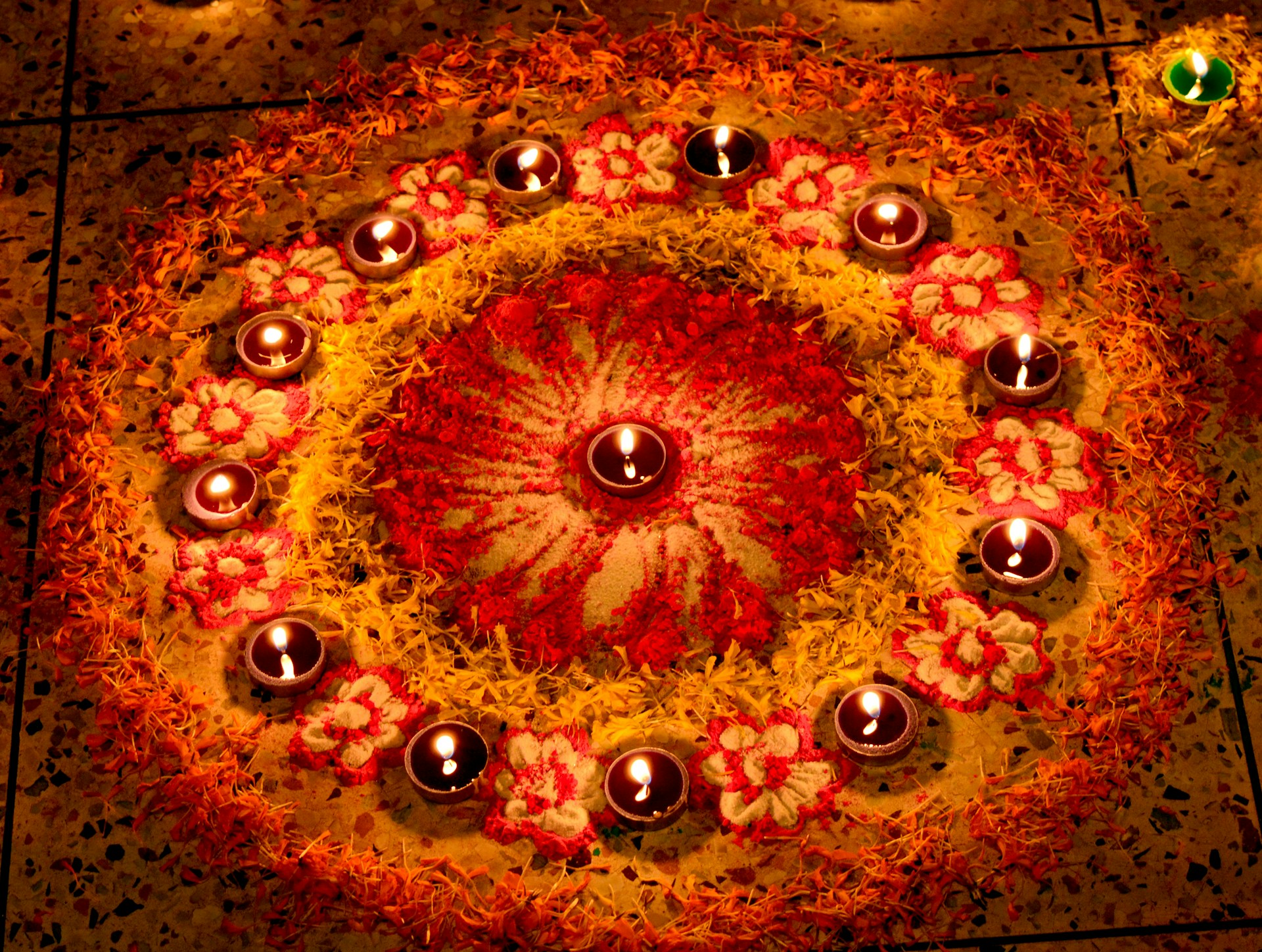
Although Tihar is most often celebrated in Nepal, it is also celebrated in several regions of India, especially in places with a Nepali or Hindu community. In India, it is often known as Deepawali or Diwali.
Teej
Teej, also known as Haritalika Teej, is one of the major festivals celebrated by unmarried girls and women. Unmarried girls celebrate Teej to get the desired husband, and women celebrate the longevity of their husbands and the healthy, peaceful environment of their families. This festival is also a sign of the end of the monsoon season.
This festival is dedicated to Goddess Parvati, who married Lord Shiva after her devotional prayer. Teej is a three-day celebration. “Dar Khani deen” refers to the first day, a lavish feast offered to every woman by other family members, particularly men. Women today are not required to work since they participate in a separate program planned by other women. They dance and sing to the appropriate music, sharing their joys and sorrows. They also enjoy the moment and eat a wide variety of foods.
The second day is Fasting Day. All women celebrate this day, hoping their devotion to God will provide them with longevity, wealth, and harmony with their spouses and families. Women who are unmarried watch with the hopes of finding a decent husband.
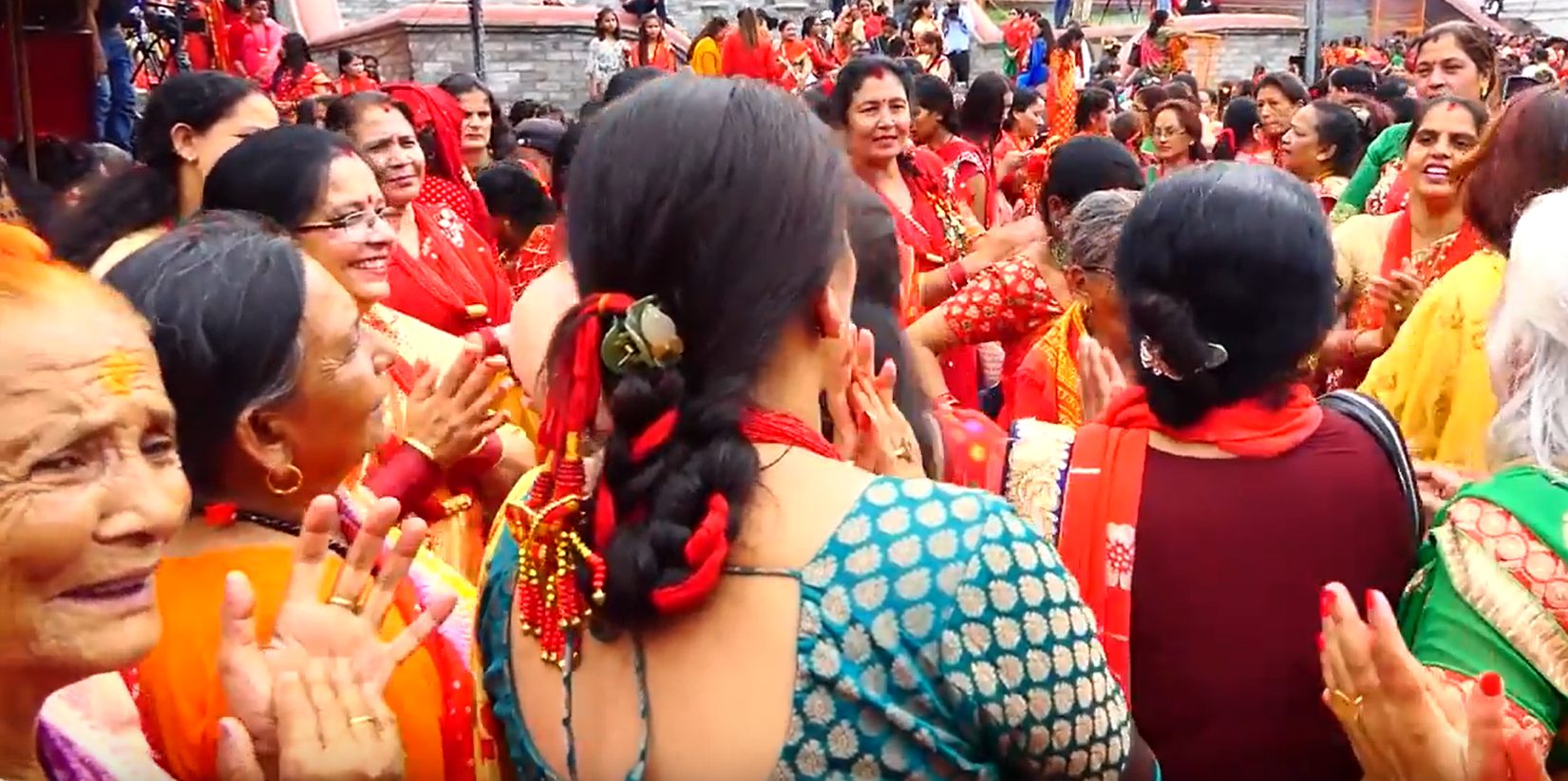
Rishi Panchami is the third day of Teej. Following the previous day’s Puja, the woman honors seven saints or sages, prays to the gods, and bathes in crimson mud beneath the revered Datiwan tree and its leaves. By doing this deed, they are purified as part of the festival’s last ceremony and are deemed to have been cleansed of all their sins.
Women give their best throughout the celebration while bringing good fortune and joy to men and families. Over time, Nepal’s festivals have become a part of everyday life, the economy, and tourism. Non-Hindus and international visitors can celebrate these holidays. Many tourists and girls also dance while wearing red sarees.
Holi
Holi, also known as Fagu Purnima or the festival of colors, is among Nepal’s most auspicious Hindu holidays. It shows that good triumphs over evil. The two-day celebration takes place on the day of the full moon in March, which is known as Falgun/Chaitra in Hindu calendars. As a result, this celebration marks the end of winter and the beginning of summer.
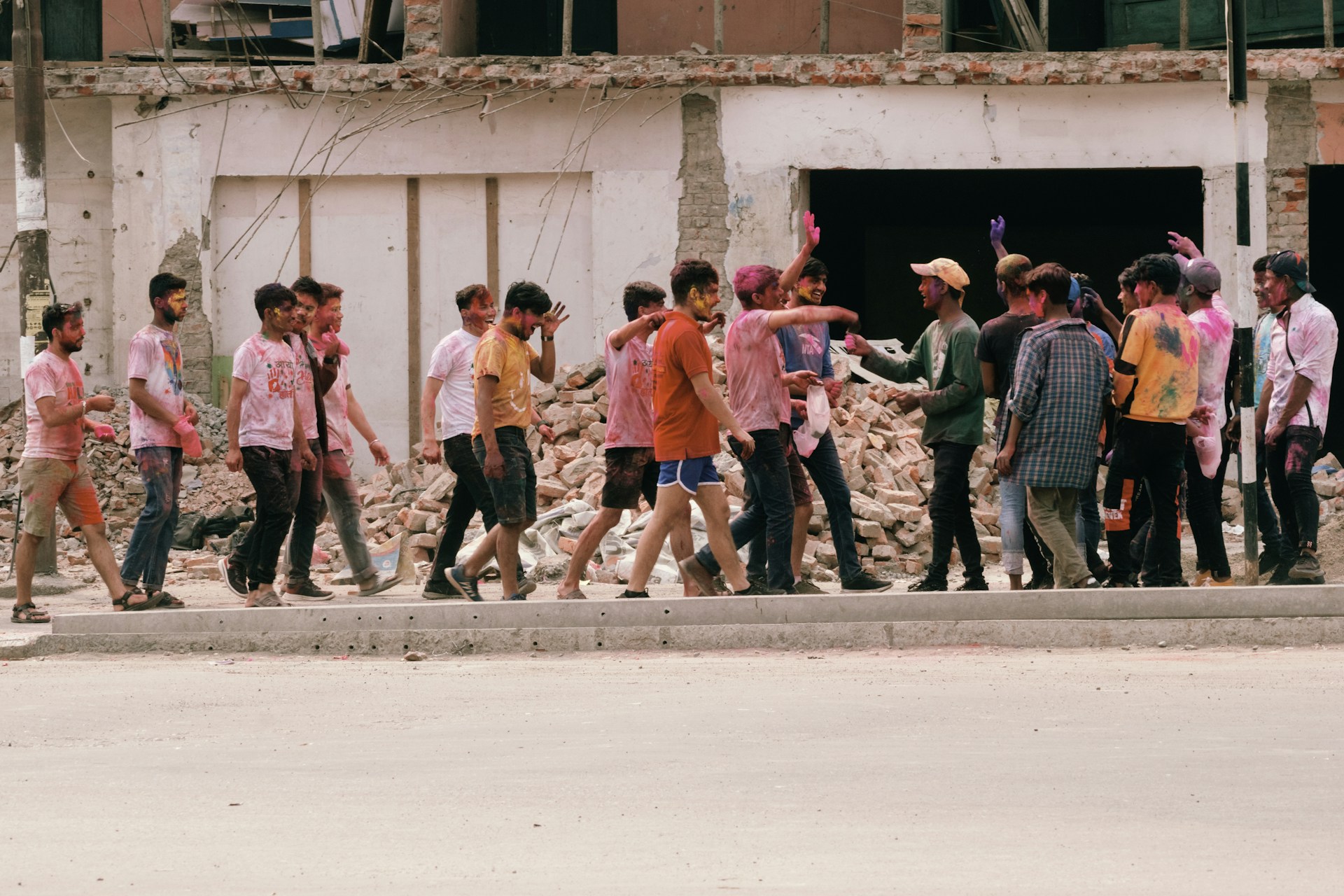
Holi is also called the Holika Dahan, and this tale concerns the demonic siblings Holika and Hiranyakashyap. It is written that with the assistance of his sister Holika, the demonic king Hiranyakashyap attempted to murder his son Pralhad for being the devotee of Lord Bishnu. Holika has been blessed with fire resistance. So, Hiranyakashyap asked Holika to murder Pralahad. She took Pralhad on her lap and sat on the burning pyre. Holika turned into ashes, but Pralhad remained unharmed as his devotion paid off. This Holi festival is believed to be named after the Holika and celebrates the victory of good over evil.
Most ethnic groups in the country celebrate this fortunate event with water and color. During this celebration, the villagers bless and welcome one another by donning bright colors and throwing water at one another. Holi has also expanded around the world, where Hindu emigrants celebrate it.
Maha Shivratri
Maha Shivratri is an auspicious festival dedicated to the Hindu Lord Mahadev (Shiva). “Maha” means Great, and “Ratri” means Night, the Great Night of Shiva. Shivratri falls on the day of the new moon in the month of Falgun. Shivratri is celebrated with great fervor in several temples devoted to Lord Shiva. However, the main attraction of these celebrations is Kathmandu’s Pashupatinath Temple in Nepal.
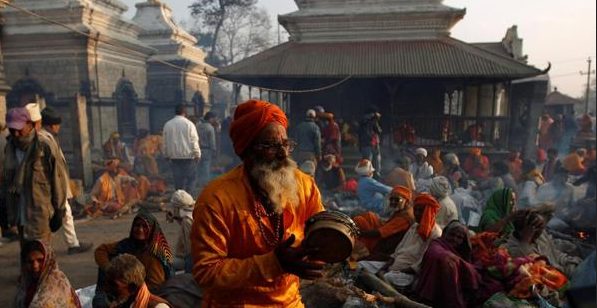
This auspicious day marks the union of Lord Shiva’s and Goddess Shakti’s celestial energies. It is said that this day’s planetary position in the universe stimulates spiritual forces. It is also believed that Lord Shiva performed the Tandava on the night of this day.
Shivratri is celebrated with different cultures, traditions, and beliefs. People do Varta (fasting), Jagran (night vigil), Dhuni Taapne (Bonfire), Sandhya Arati, and Bhang, Dhatura, and Ganja (Cannabis, Devil’s Trumpet, Marijuana) Consumption. The celebration fosters a sense of respect among individuals from different origins.
Conclusions
Those mentioned above are the top five festivals celebrated nationwide, but a few other festivals fall under the region and culture, including Jatras, Lhosar, and Buddha Jayanti. So, attending one of Nepal’s numerous festivals is essential to experiencing the country’s rich cultural legacy. These ceremonies are not to be missed since they are full of a range of colors, the gods’ ferocity, and the worshipers’ joy.
Furthermore, festivals are the medium through which Nepal’s cultural history and customs are passed down from generation to generation. Festivals are also celebrations where communities and families unite, strengthening relationships. Attending these festivals allows travelers to interact with the local way of life and deepen their understanding of Nepal’s history and values.
Contact Atisha Hotel for comfortable room and make you time spent well fruitful.

